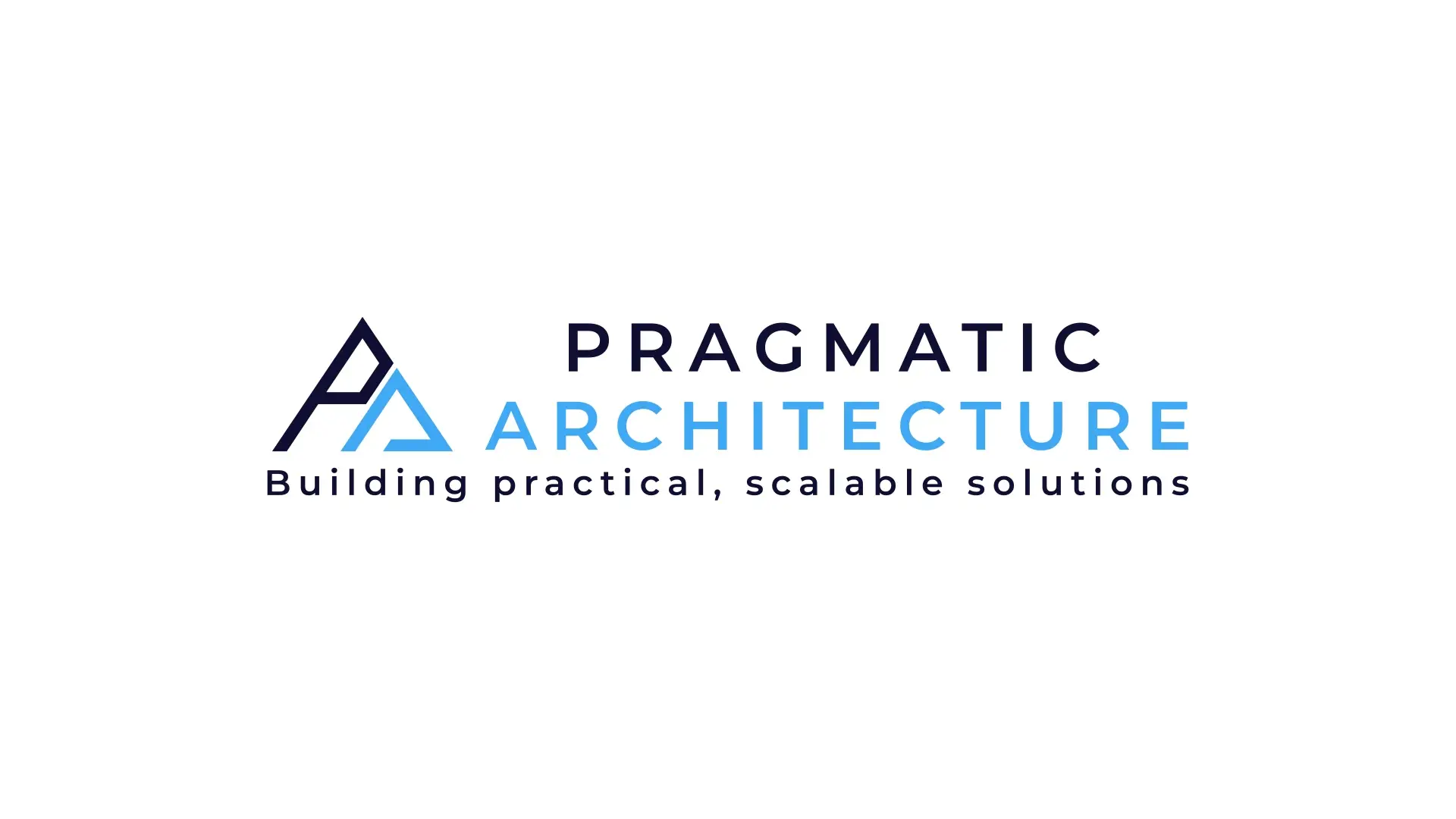In the fast-evolving world of technology, enterprise architecture (EA) has long been regarded as a cornerstone for aligning business strategy with IT capabilities. Traditional EA frameworks like TOGAF, ArchiMate, and Novius have provided robust processes to manage complexity. But as the pace of innovation increases, businesses need something more nimble and outcome-focused. Enter Pragmatic Architecture, a fresh take on enterprise architecture that prioritizes flexibility, simplicity, and delivering real value.
The Traditional Approach: Process-Heavy and Slow to Adapt
Classic EA frameworks are process-oriented, with a strong focus on documentation, governance, and adhering to predefined methodologies. While this has its advantages in highly regulated environments or for organizations with long-term planning horizons, it can also create bottlenecks.
Here are some common challenges in traditional EA approaches:
• Complex processes: Traditional frameworks often require significant time and resources just to define how architecture should be done. This can slow down decision-making and impede quick responses to changing market conditions.
• Rigid structures: EA frameworks are typically structured around processes that may not be flexible enough to accommodate rapidly evolving technologies or changing business needs.
• Overemphasis on governance: While governance is important, traditional EA often focuses so heavily on compliance and documentation that it can detract from delivering real, immediate value to the business.
This can result in architecture becoming more about following rules than driving innovation.
The Pragmatic Shift: Outcome-Focused and Adaptive
Pragmatic Architecture is a response to the limitations of traditional frameworks. It’s not about throwing out the old rules entirely, but about applying them in a more flexible, outcome-oriented way. It’s about aligning architecture work with the needs of the business and focusing on delivering value—quickly and efficiently.
Here’s what sets Pragmatic Architecture apart:
• Outcome over process: Instead of being bogged down by processes, Pragmatic Architecture emphasizes tangible outcomes. The goal is to deliver working solutions that address business needs, rather than just documentation or compliance.
• Simplicity and agility: Pragmatic Architecture strips away unnecessary complexity. It allows architects to create just enough structure to solve the problem at hand, rather than forcing every problem into the same rigid framework. This leads to faster decisions and quicker implementation of solutions.
• Iterative approach: In contrast to the “big upfront design” philosophy of traditional EA, Pragmatic Architecture embraces an iterative and incremental approach. Small steps, rapid feedback, and continuous improvement are key components, which align closely with agile development methodologies.
The Benefits of Pragmatic Architecture
1. Faster Time to Value
Pragmatic Architecture accelerates the time it takes to deliver value to the business. By focusing on outcomes and avoiding unnecessary processes, solutions can be delivered more quickly and iterated on over time.
2. Flexibility and Adaptability
Pragmatic Architecture allows businesses to adapt to changes in the marketplace or technology landscape faster than rigid frameworks allow. It encourages architects to be solution-oriented, rather than being confined to pre-defined processes.
3. Aligns with Modern Development Practices
With agile and DevOps practices becoming the norm, Pragmatic Architecture complements these methodologies by promoting an architecture that evolves with the system, instead of being fully defined upfront.
4. Empowering Architects
Architects under the Pragmatic approach are empowered to make decisions that deliver immediate business value. They are no longer gatekeepers of documentation but enablers of progress.
Real-World Example: A Pragmatic Approach in Action
Imagine a large retail company undergoing digital transformation to remain competitive in the e-commerce landscape. Traditionally, they might rely on an enterprise architecture framework that mandates an exhaustive analysis phase, a comprehensive governance plan, and detailed documentation before any new technology is deployed.
However, the company is facing urgent challenges—customers are demanding a more seamless online shopping experience, and competitors are rolling out new features at a rapid pace. In this scenario, following a rigid framework would take months, if not years, to fully implement. The business can’t afford to wait that long.
A Pragmatic Architect would approach the problem differently. Instead of spending excessive time on upfront analysis and detailed documentation, they would prioritize the most critical business outcomes—improving the online shopping experience and accelerating the company’s ability to roll out new features.
The first step might be focusing on modularizing the existing IT systems to enable faster development and deployment of features, starting with customer-facing improvements like website performance and payment system integration. Instead of re-engineering the entire backend from scratch, a more agile, incremental approach would be taken. Small, impactful changes would be rolled out quickly, delivering immediate value to both the business and customers.
Over time, these improvements could be expanded upon, with the architecture evolving as needed based on feedback and real-world performance, rather than being rigidly defined from the start. By staying flexible and outcome-focused, the retail company not only meets its immediate business needs but also positions itself to adapt quickly to future changes in customer demands and market trends.
This version better reflects the challenges of an established business and how Pragmatic Architecture can address those challenges efficiently. Let me know if you’d like further adjustments!
A New Role for Architects
In this Pragmatic approach, architects take on a more collaborative and hands-on role. They work closely with developers, product owners, and business leaders to ensure the architecture is aligned with immediate business goals. They facilitate communication across teams, ensuring that everyone understands the architectural direction while remaining agile enough to pivot when necessary.
The Future of Enterprise Architecture
As the demands on businesses evolve, so too must the role of the architect. Pragmatic Architecture is a reflection of that evolution—a move from rigid, process-heavy frameworks to a flexible, outcome-oriented approach. It’s about doing just enough to solve the problem, while keeping an eye on the future, and always staying adaptable to change.
In a world where speed, flexibility, and outcomes are more important than ever, Pragmatic Architecture is the next step in enterprise architecture’s evolution. By embracing this approach, organizations can ensure they’re not just keeping up with change but driving it.



